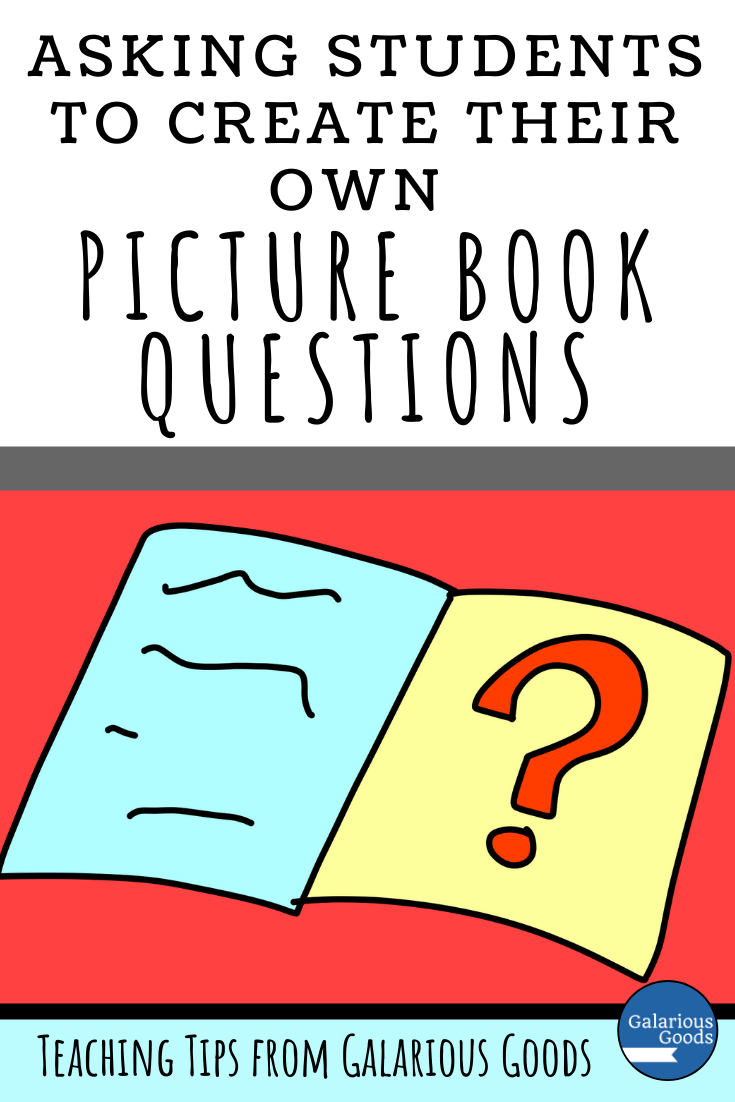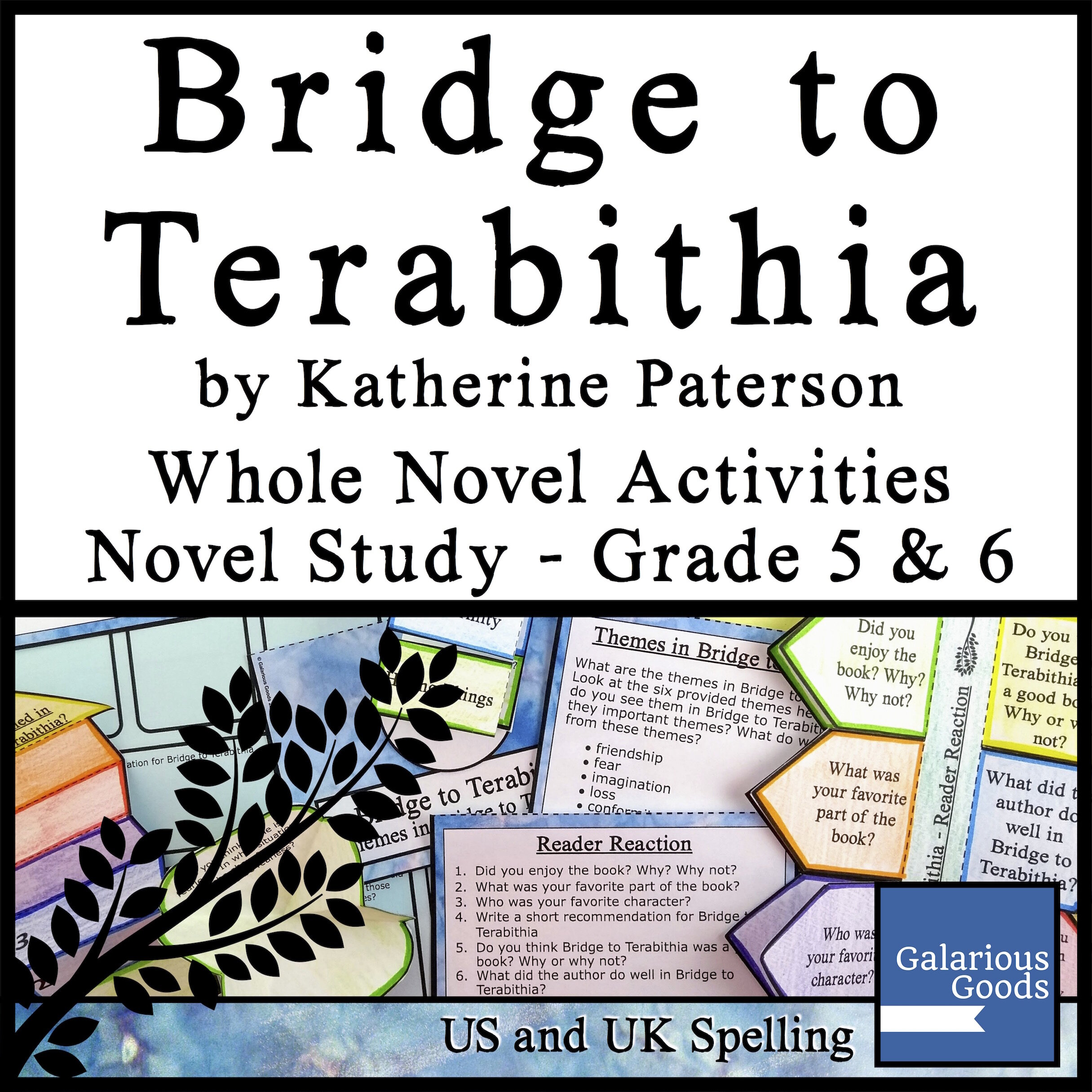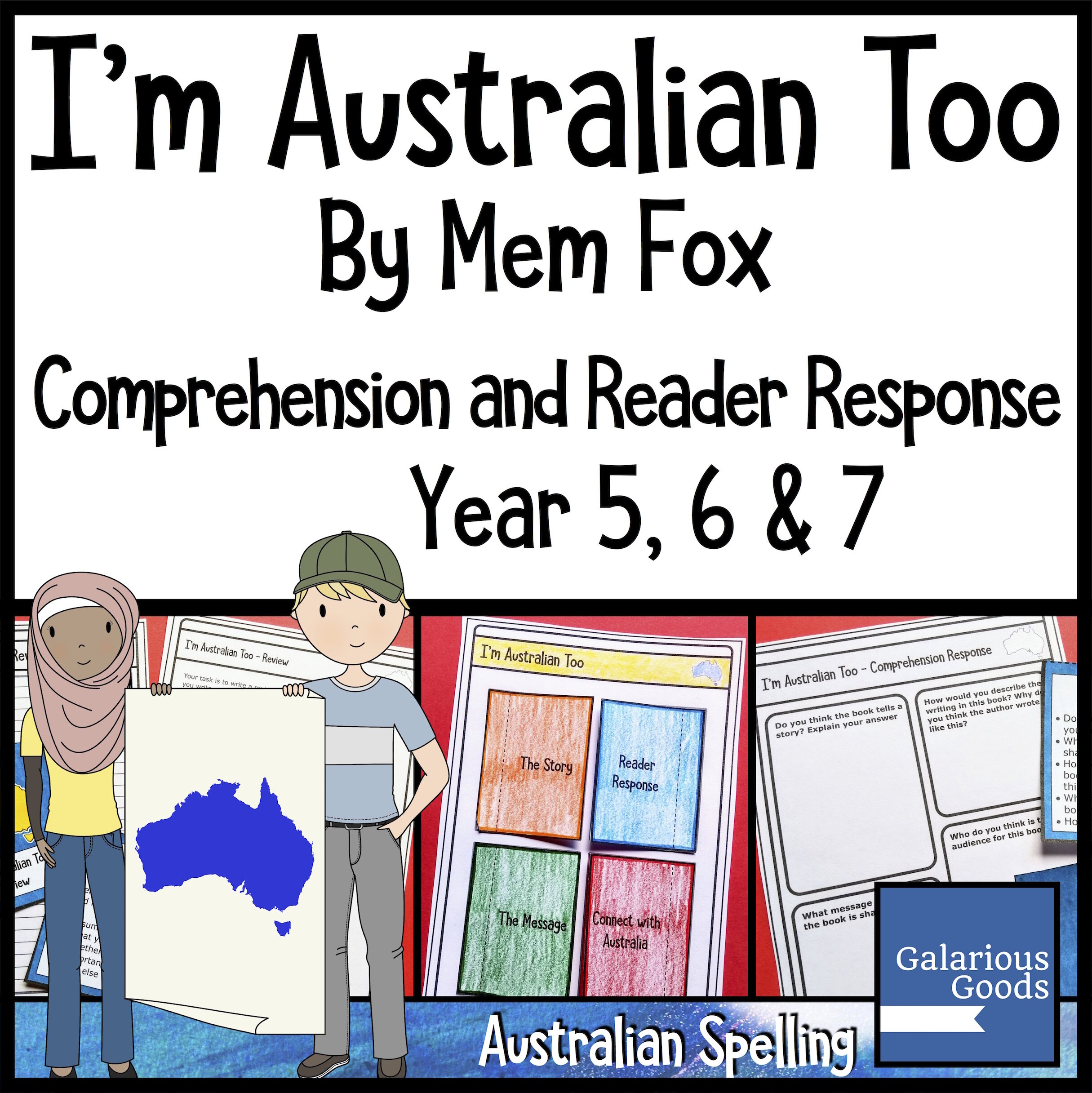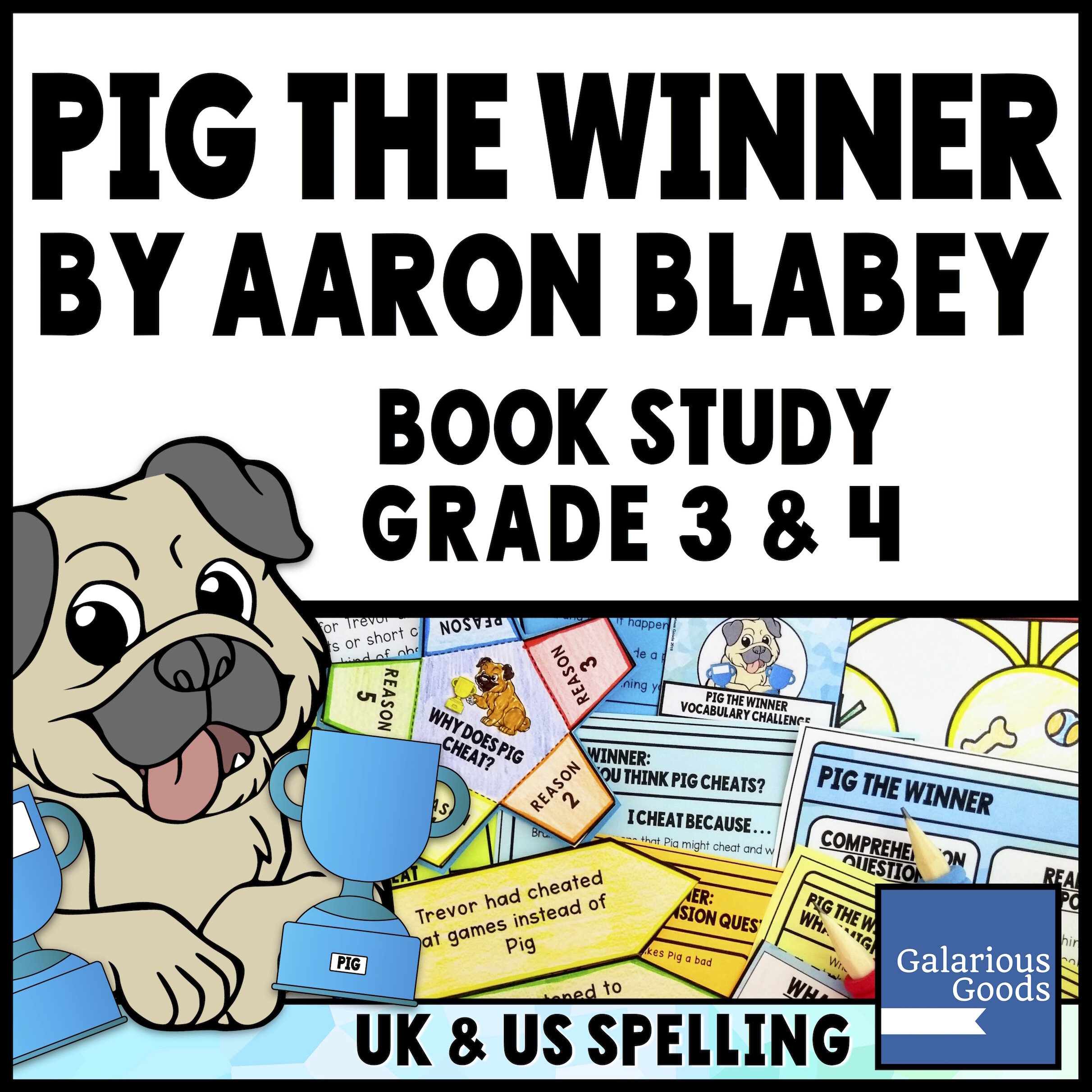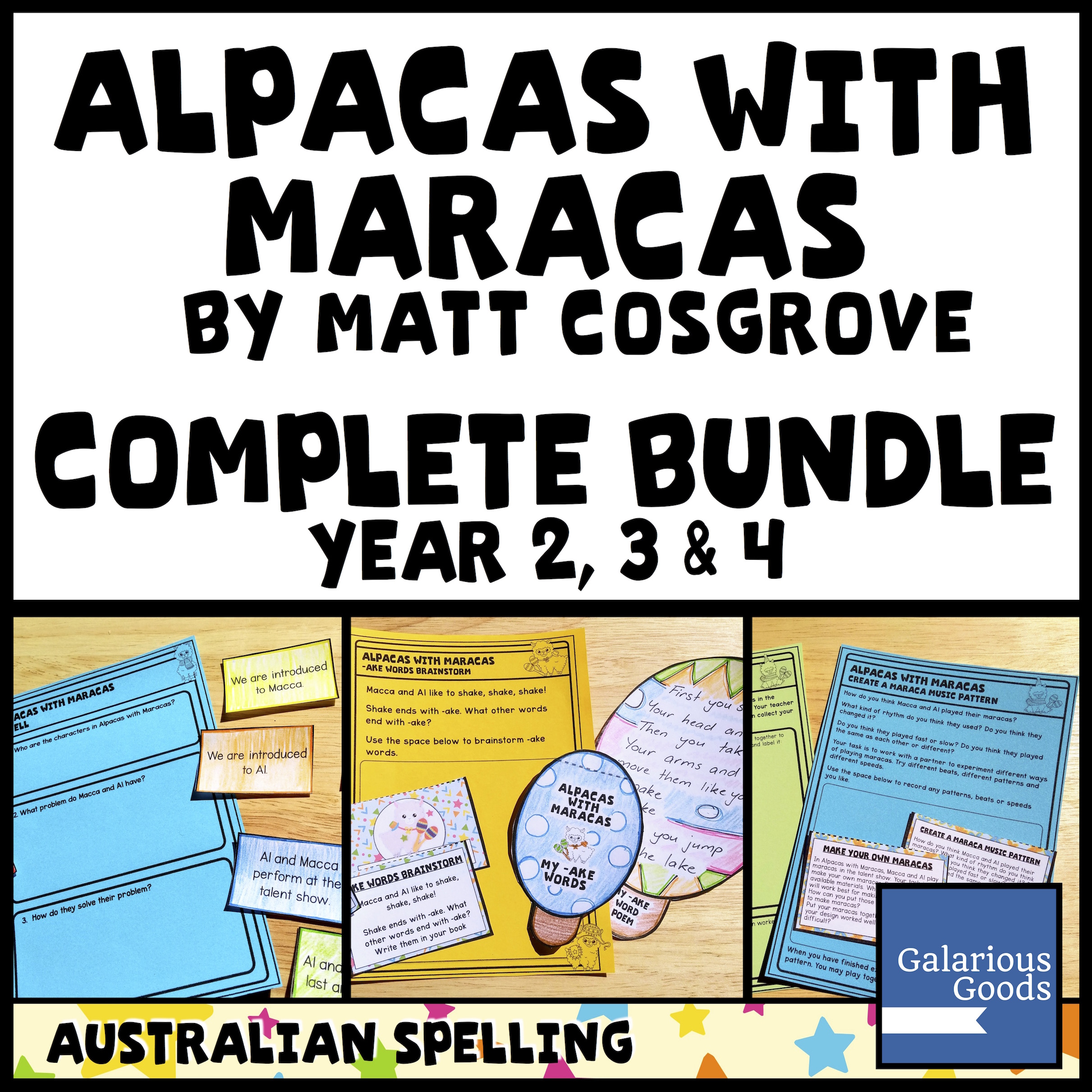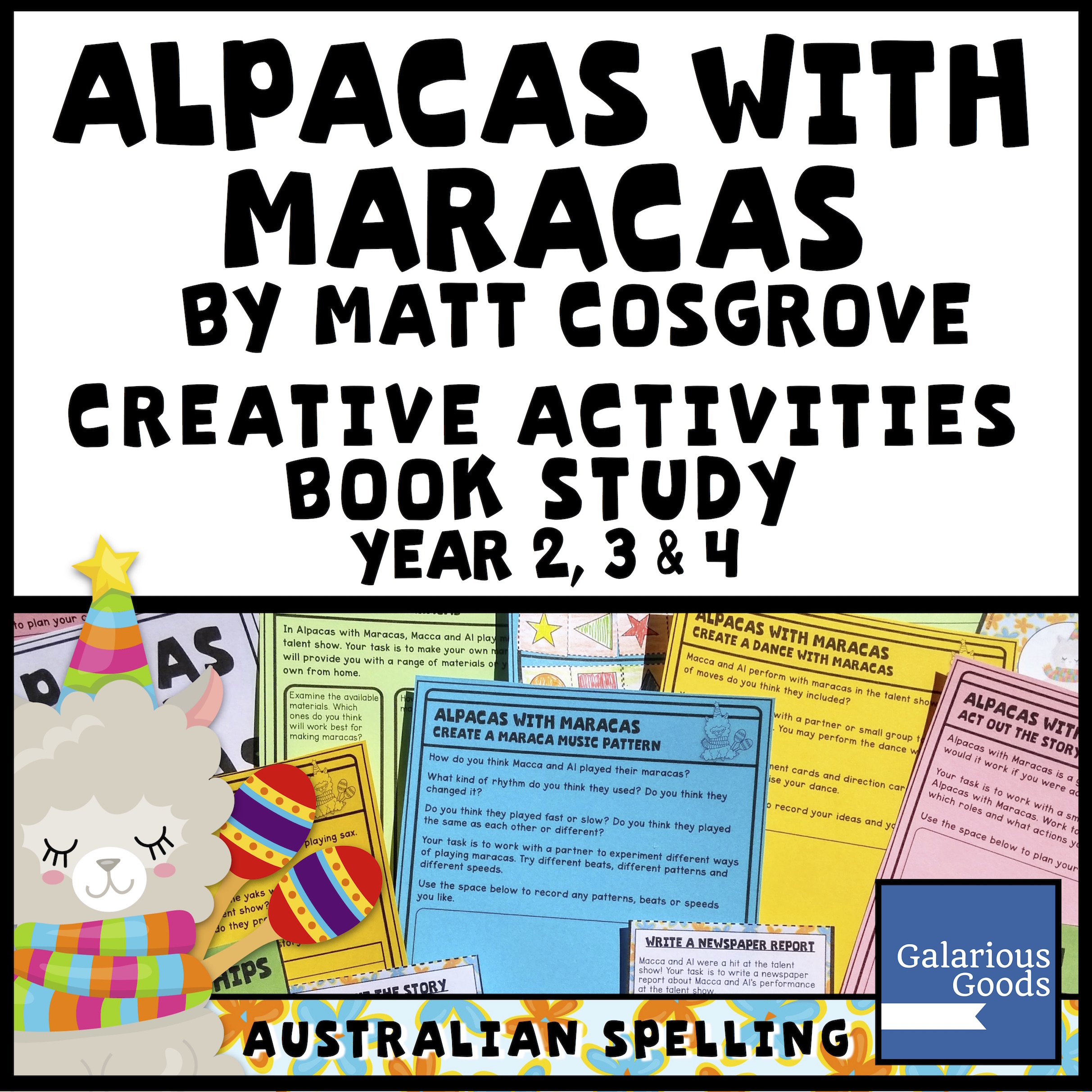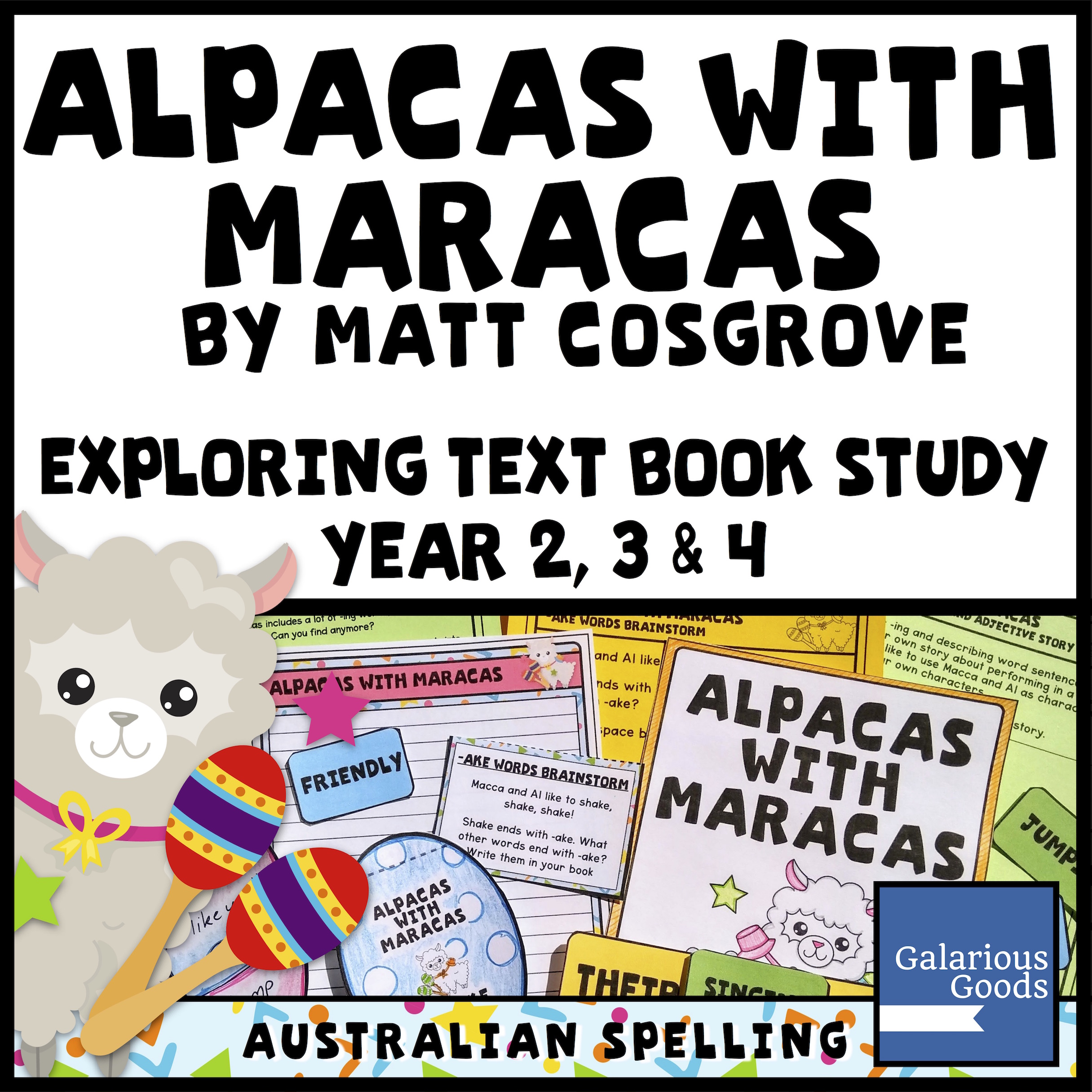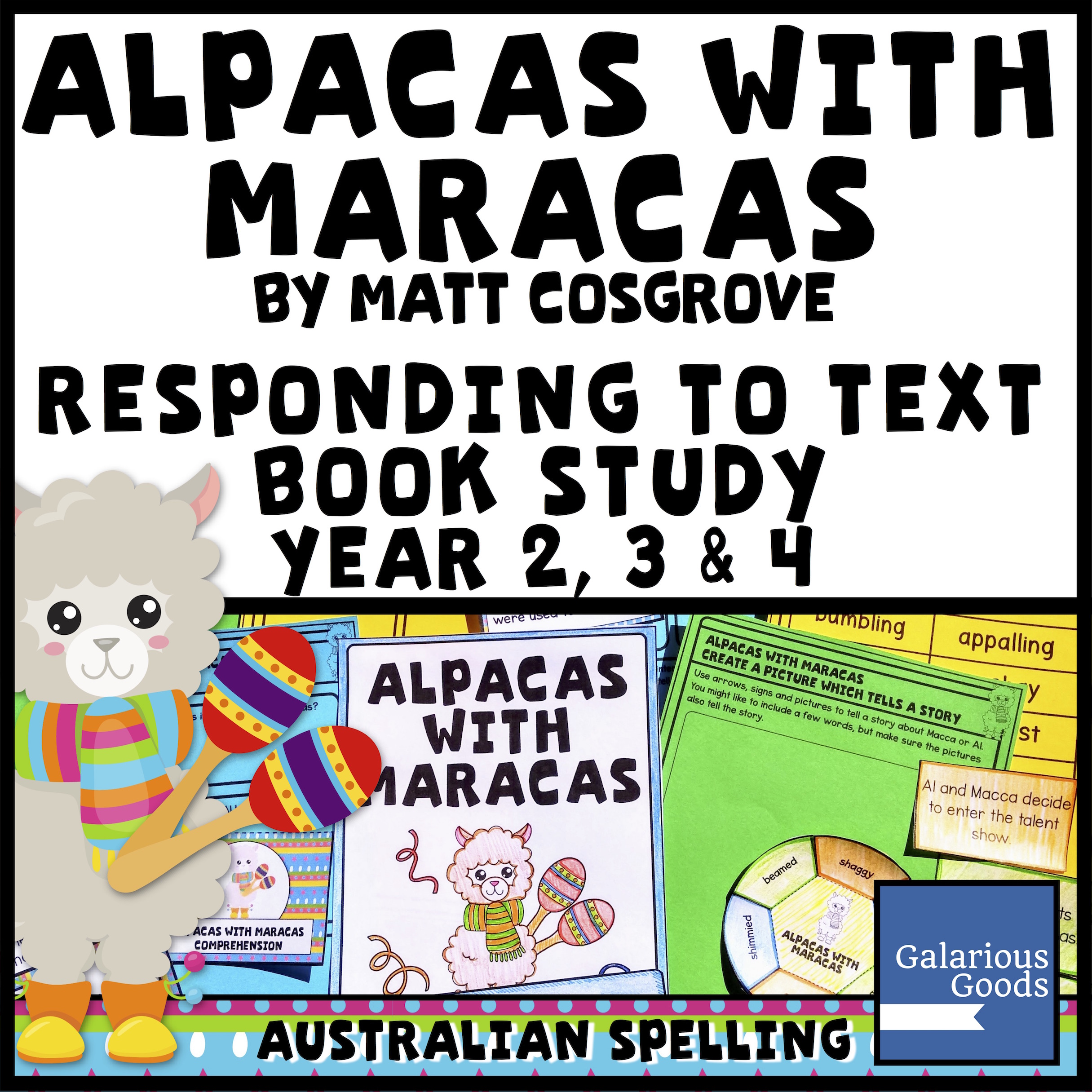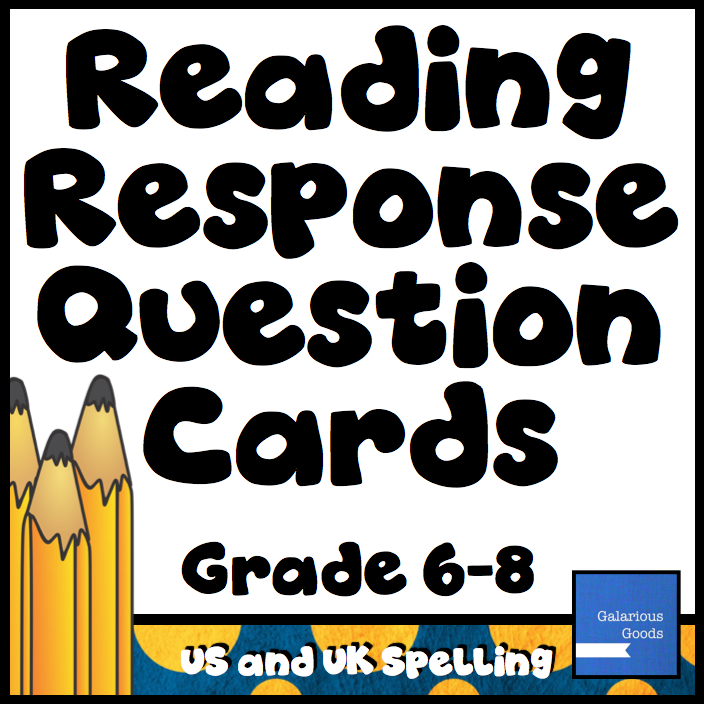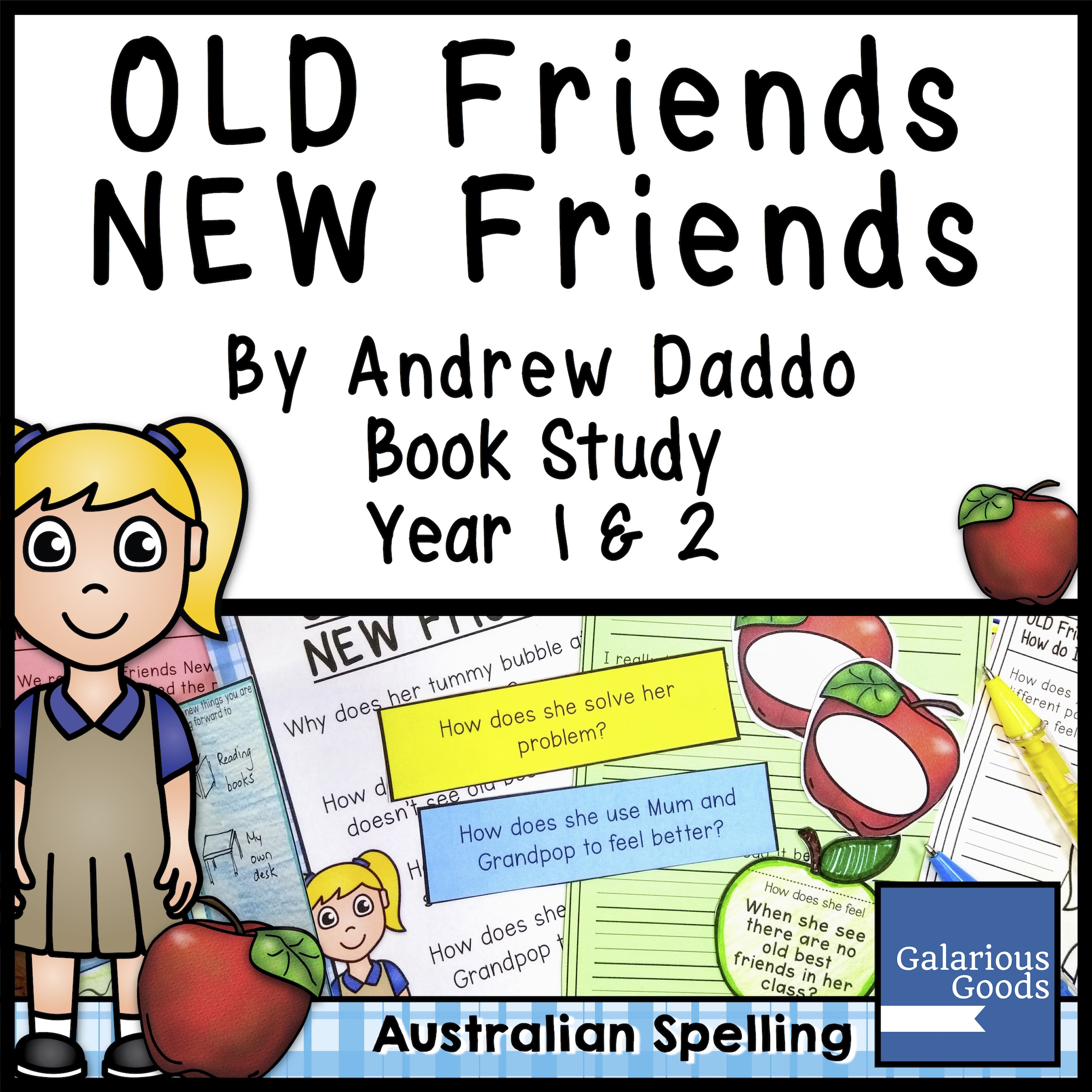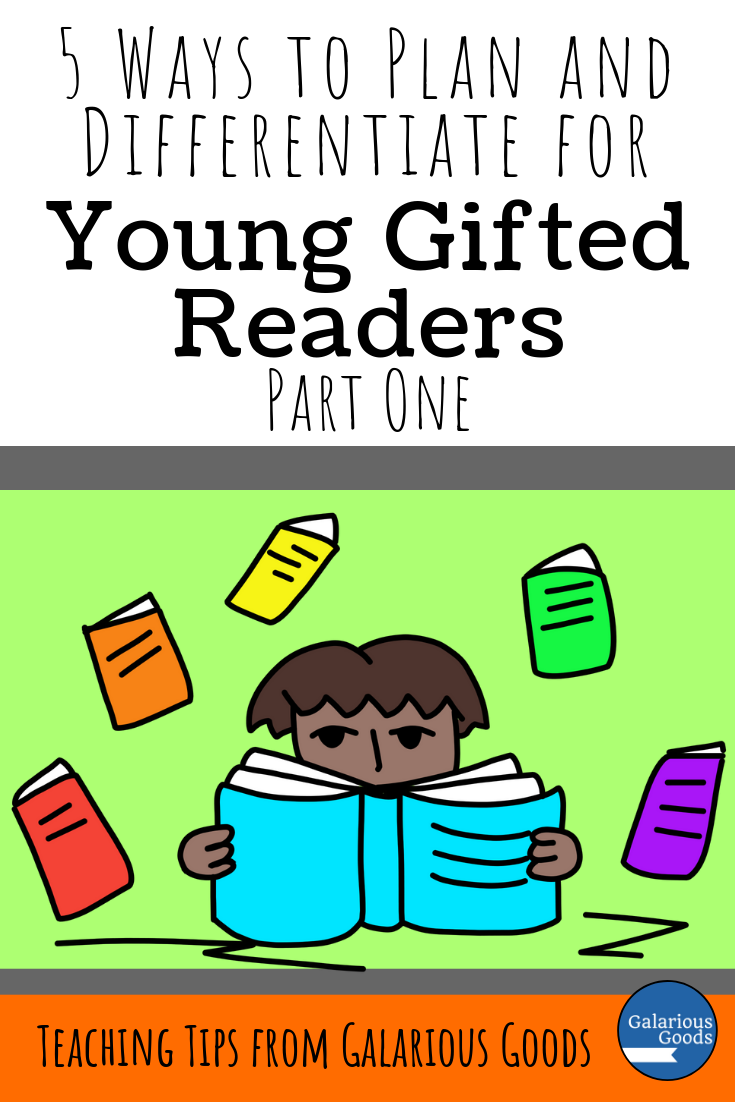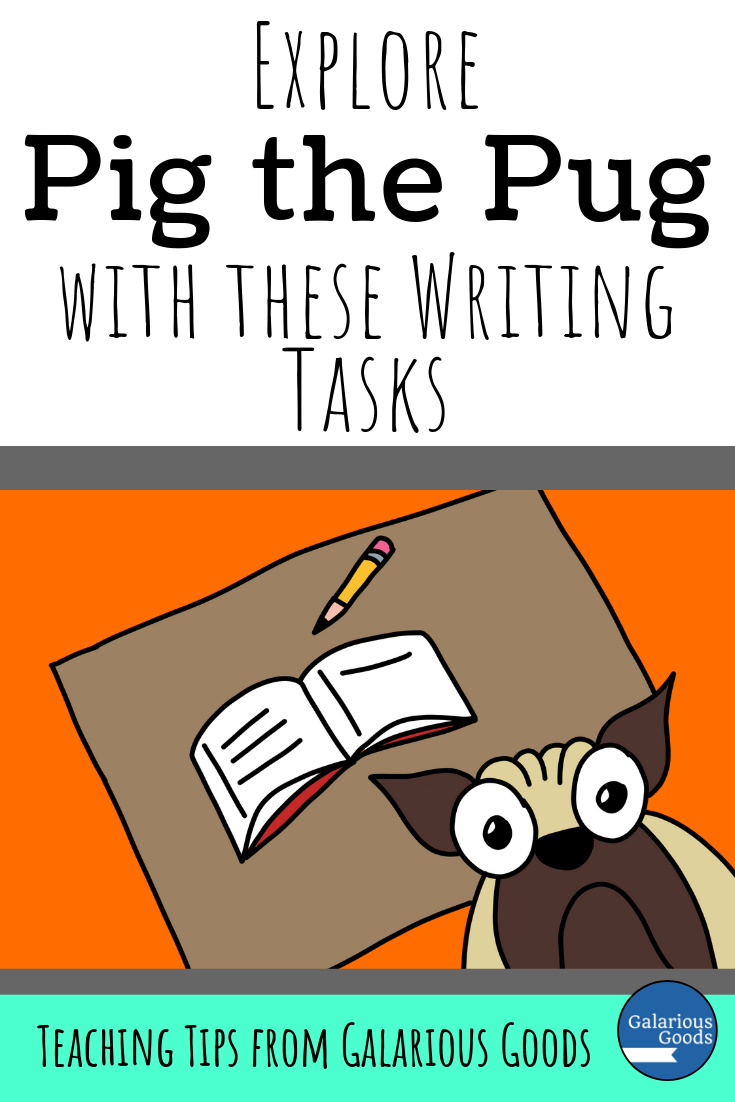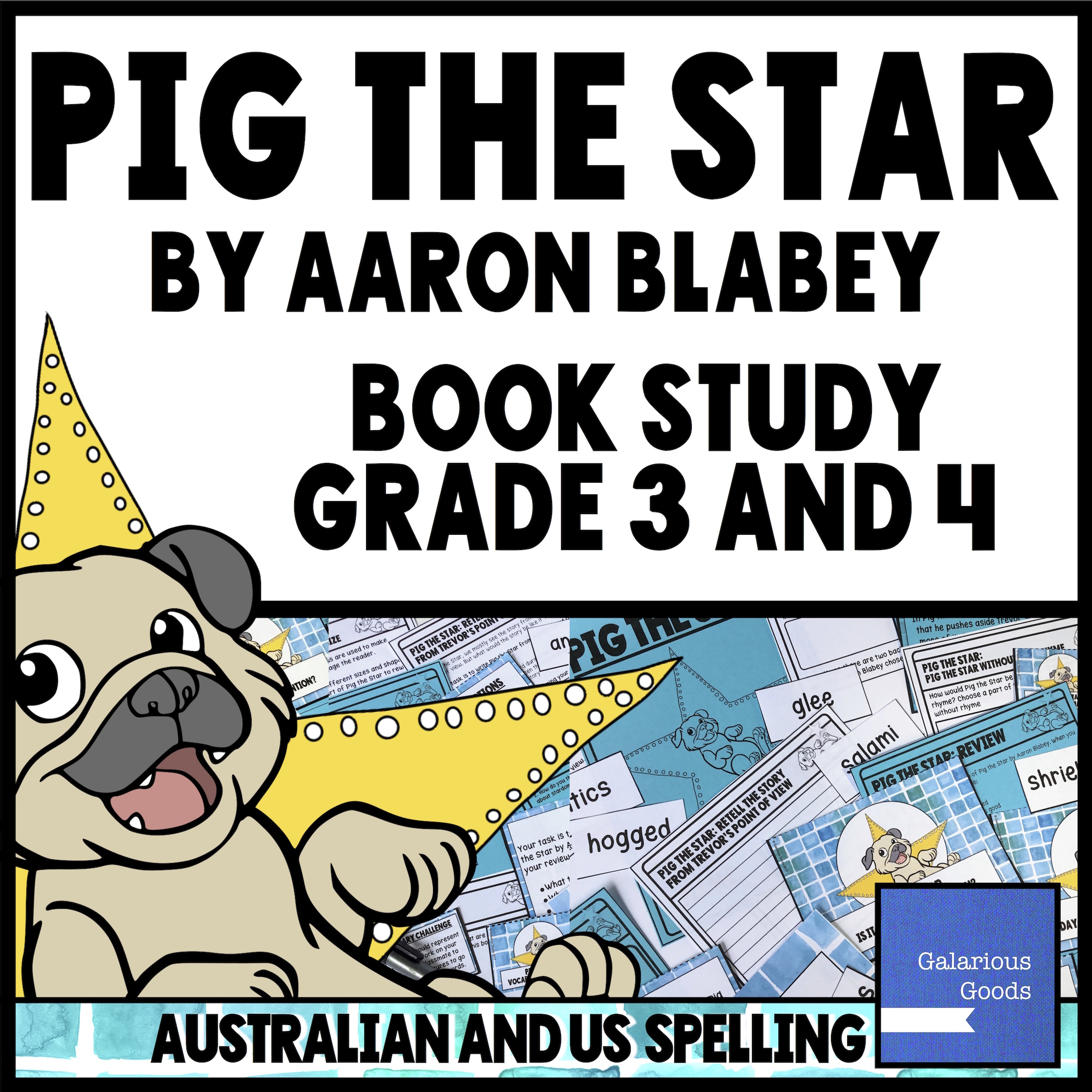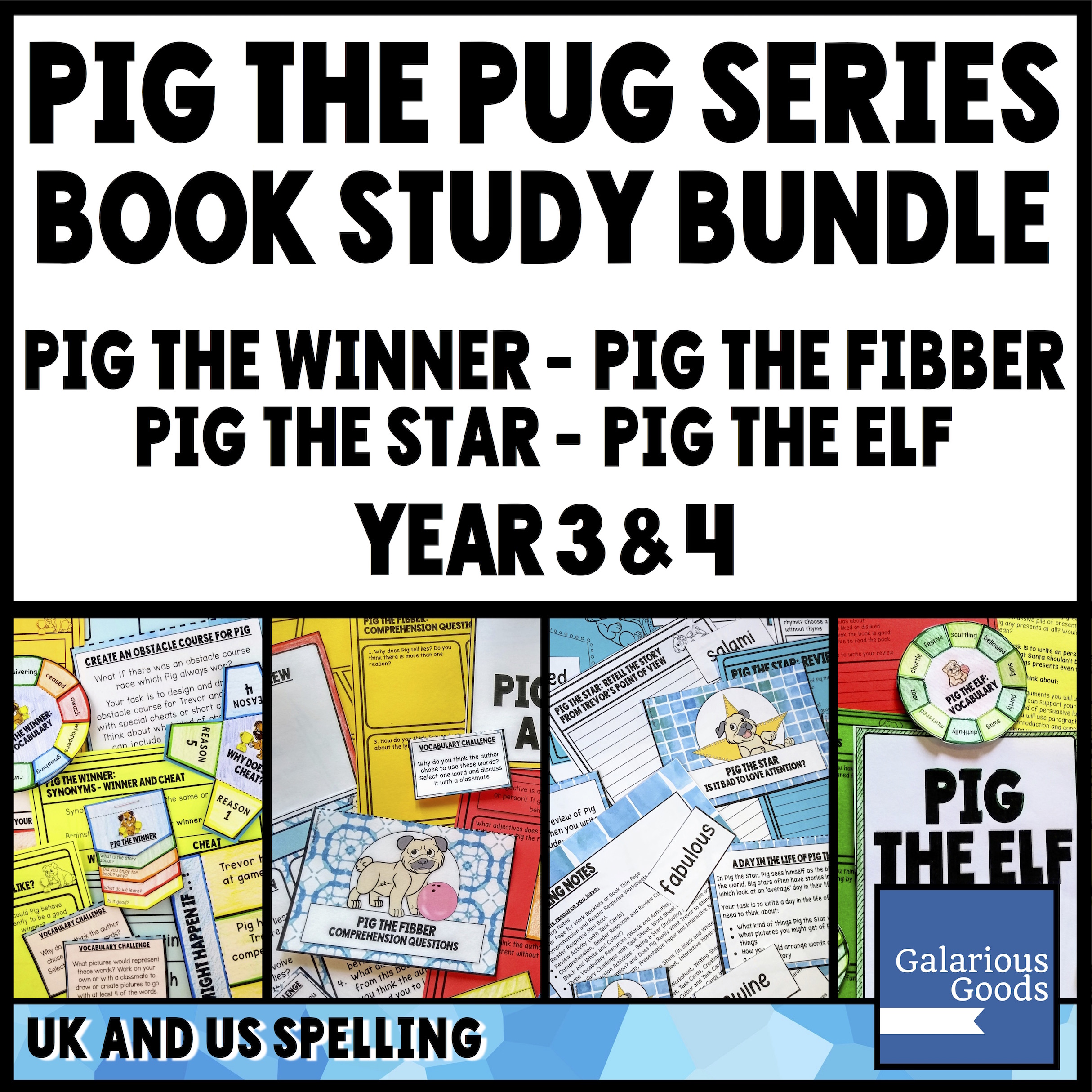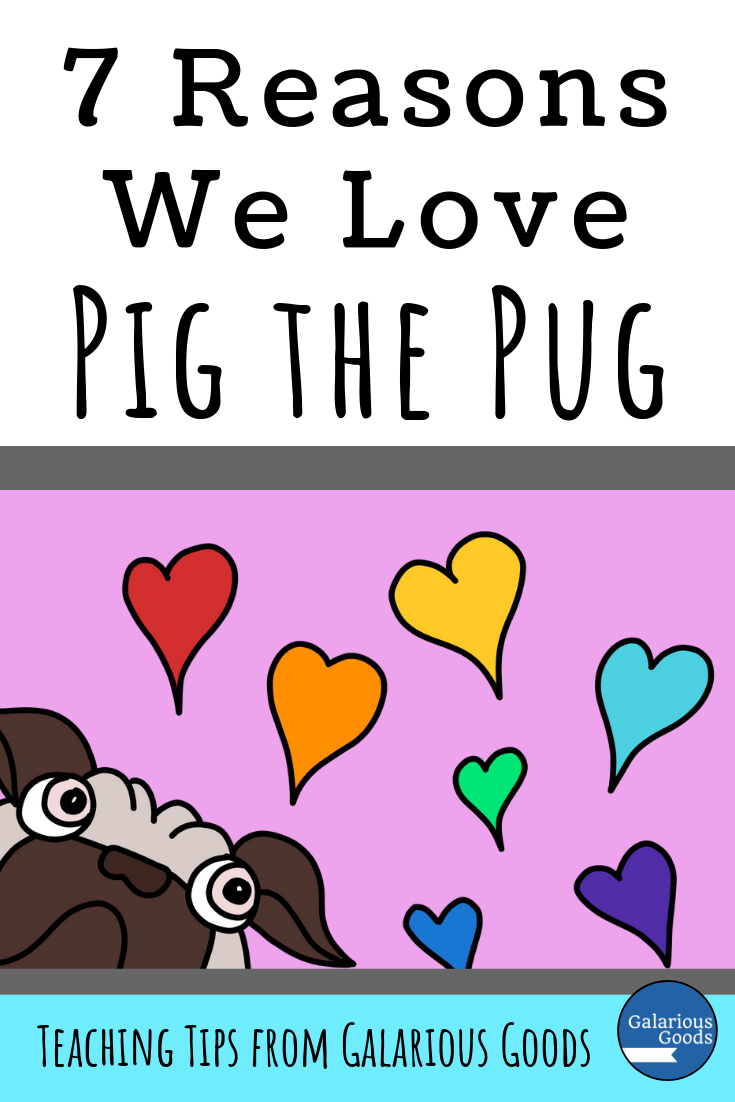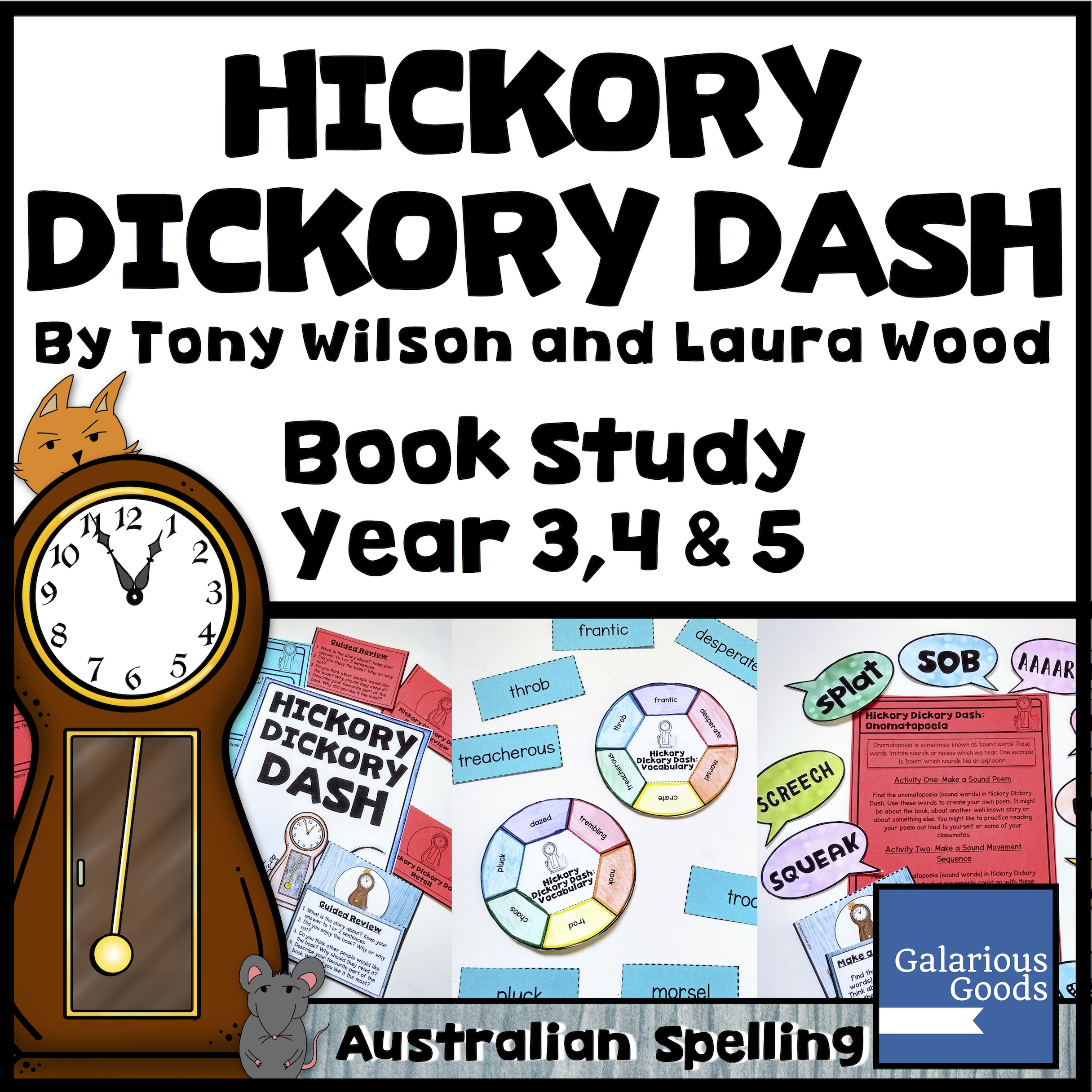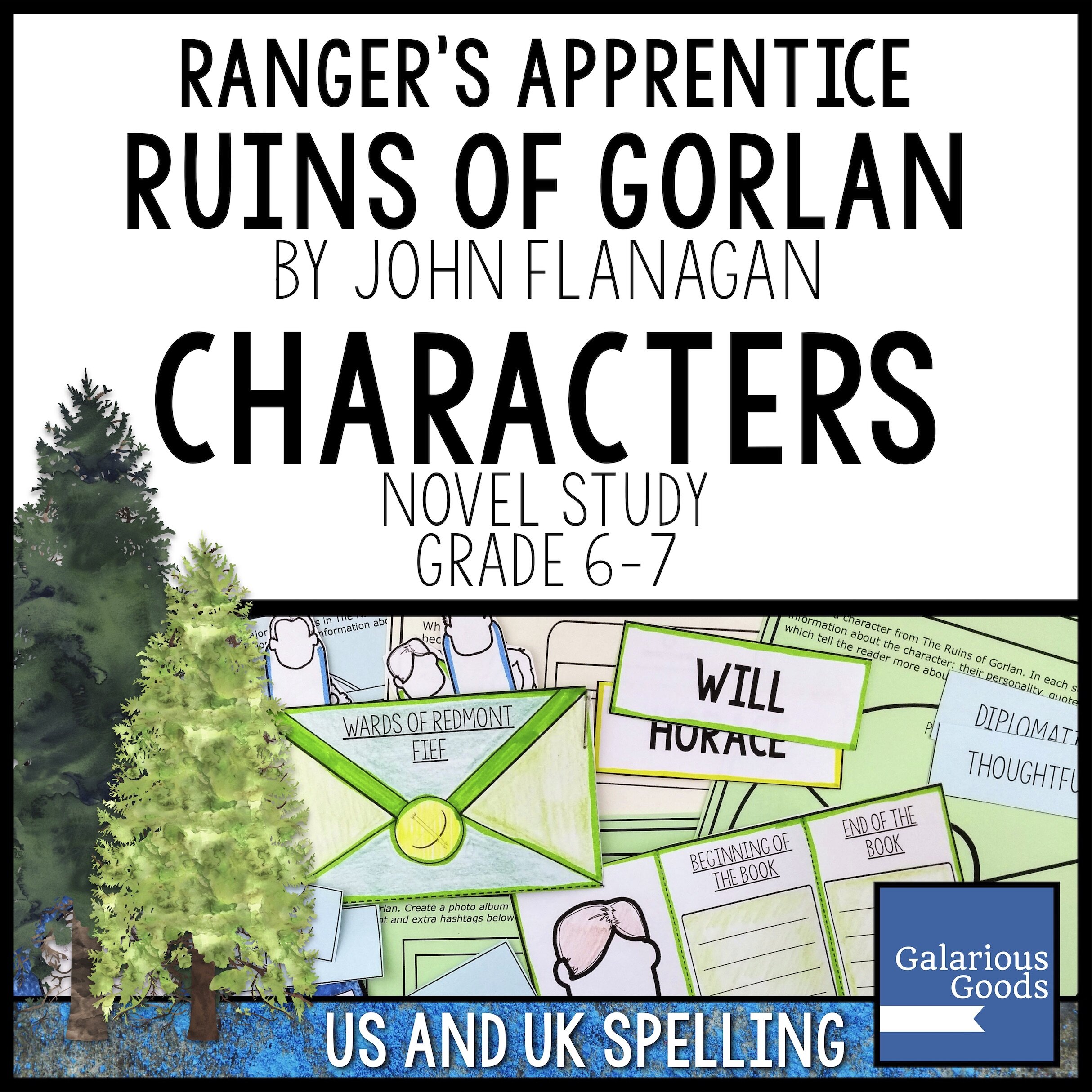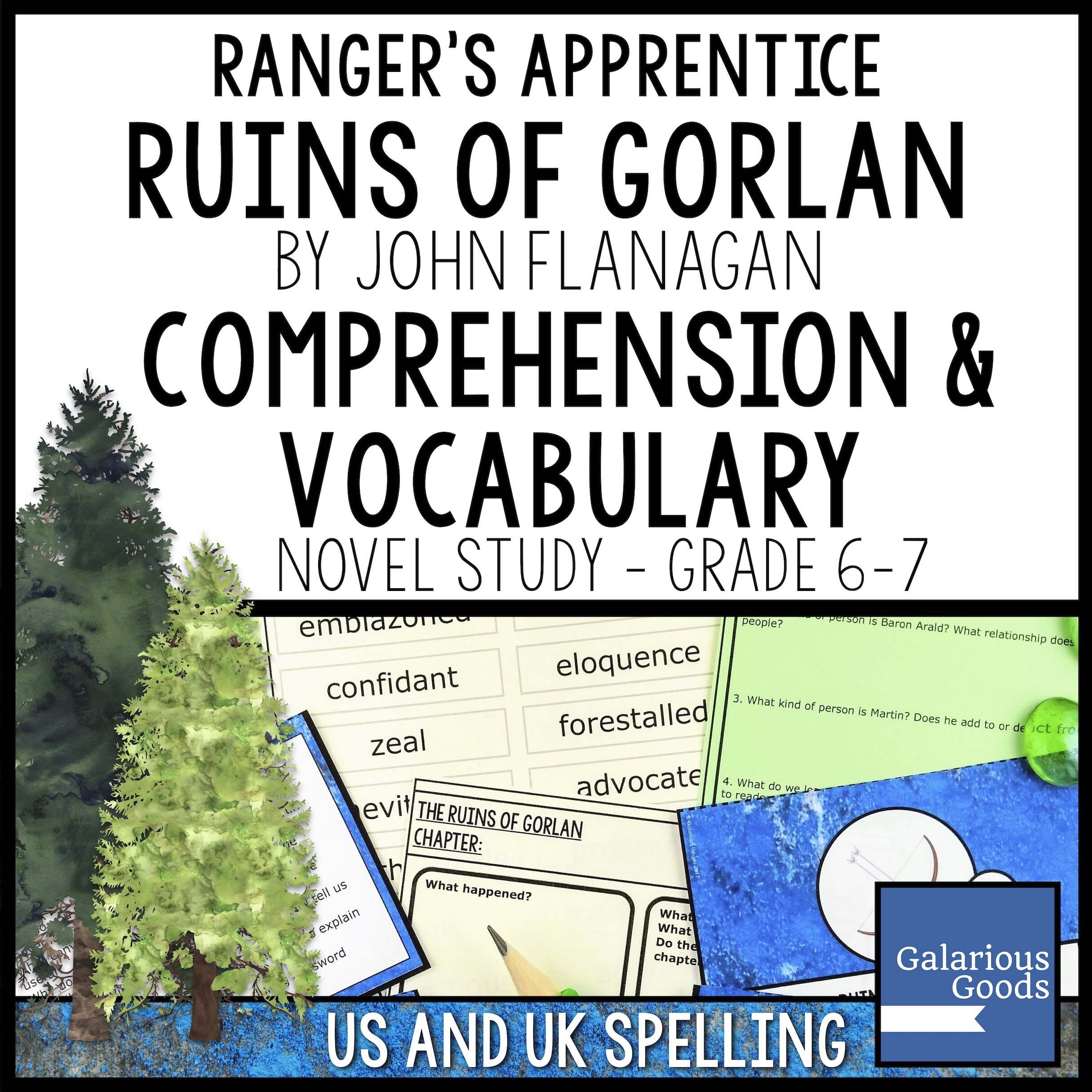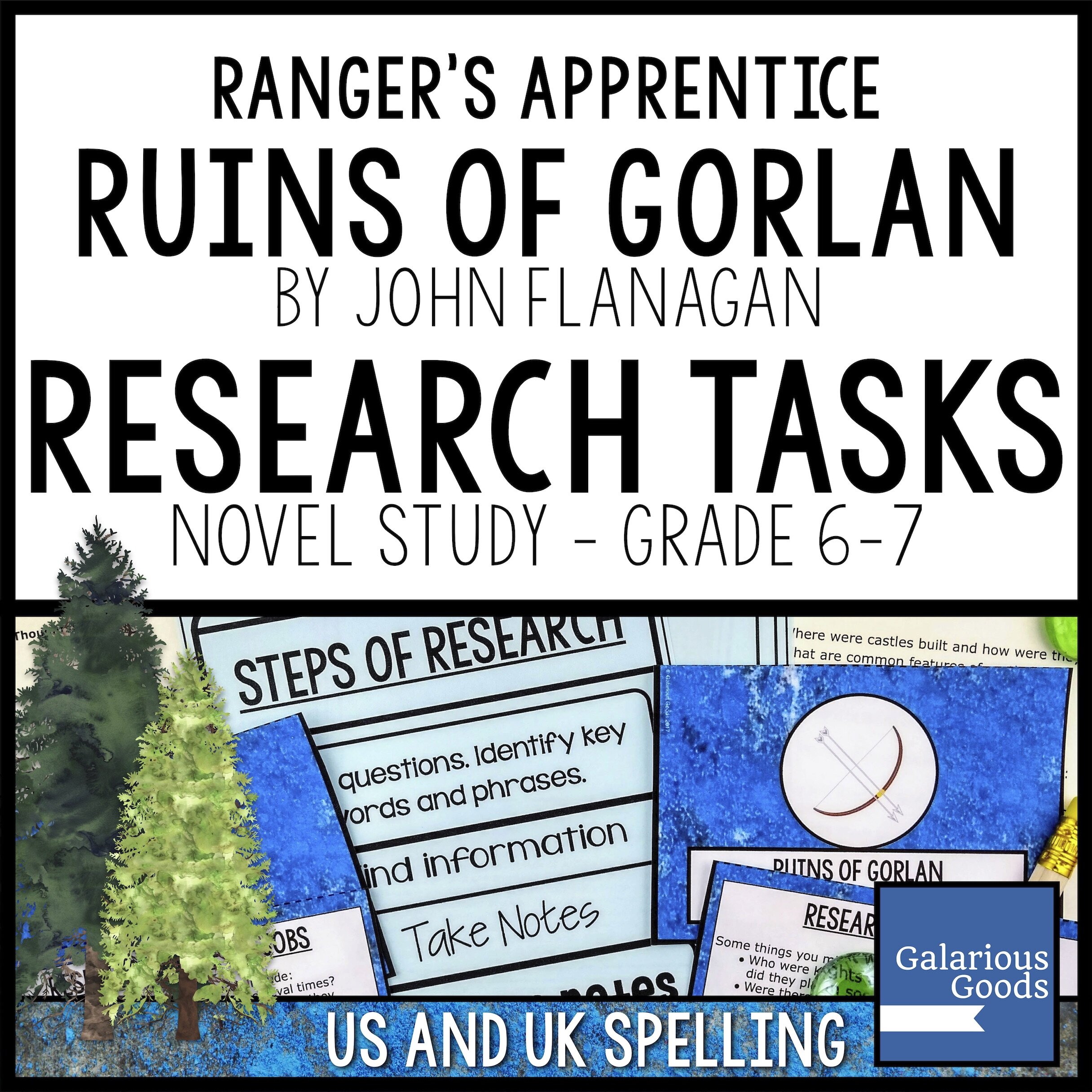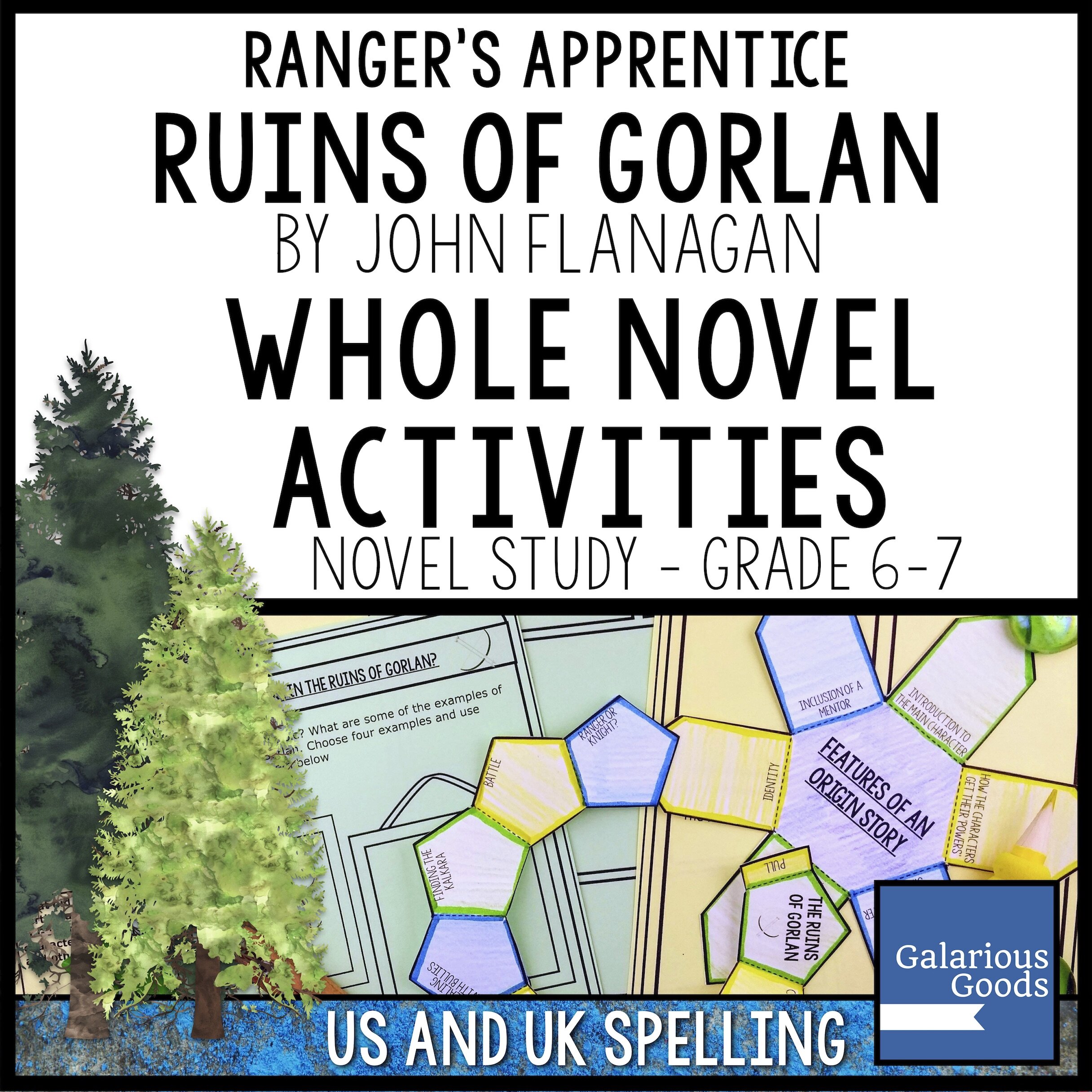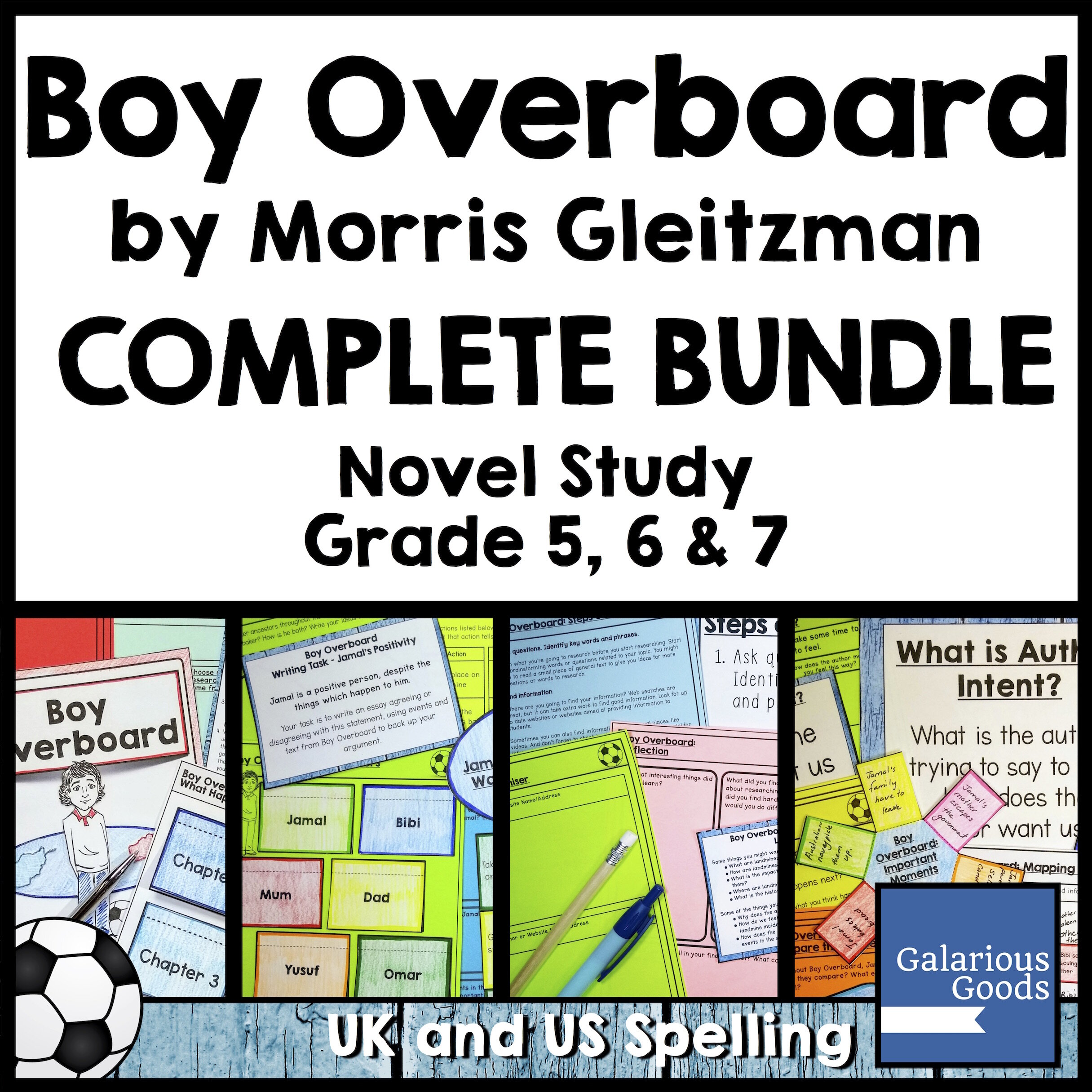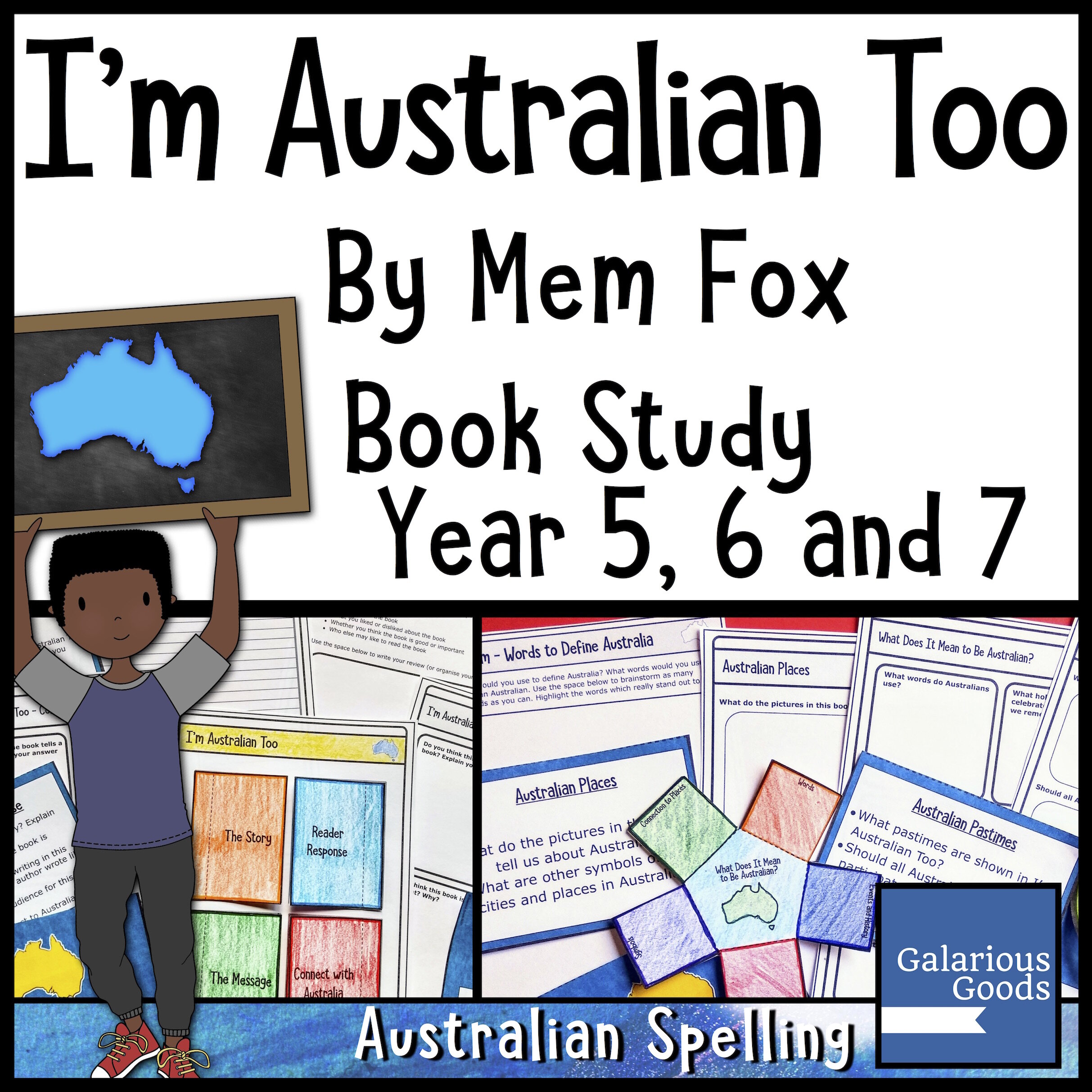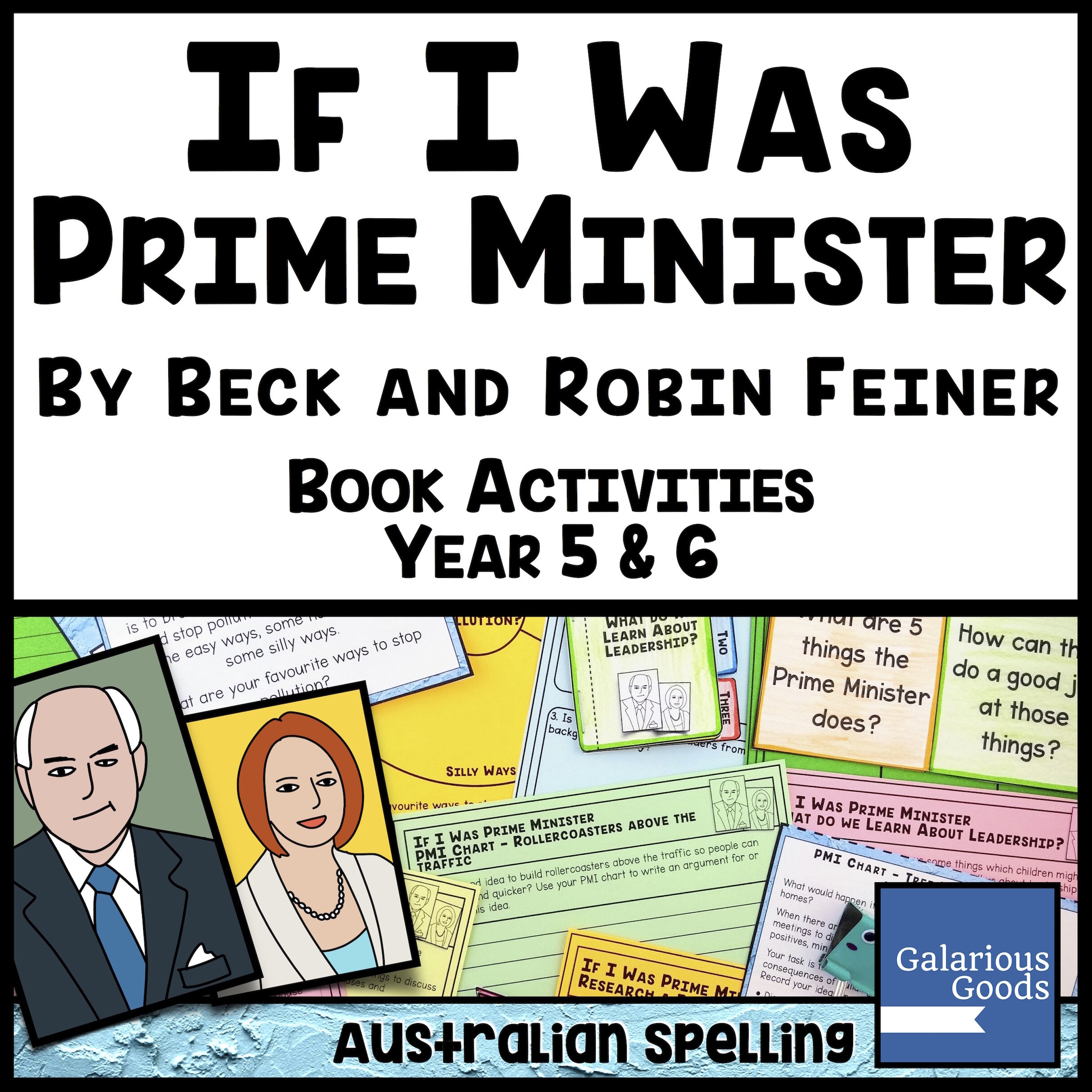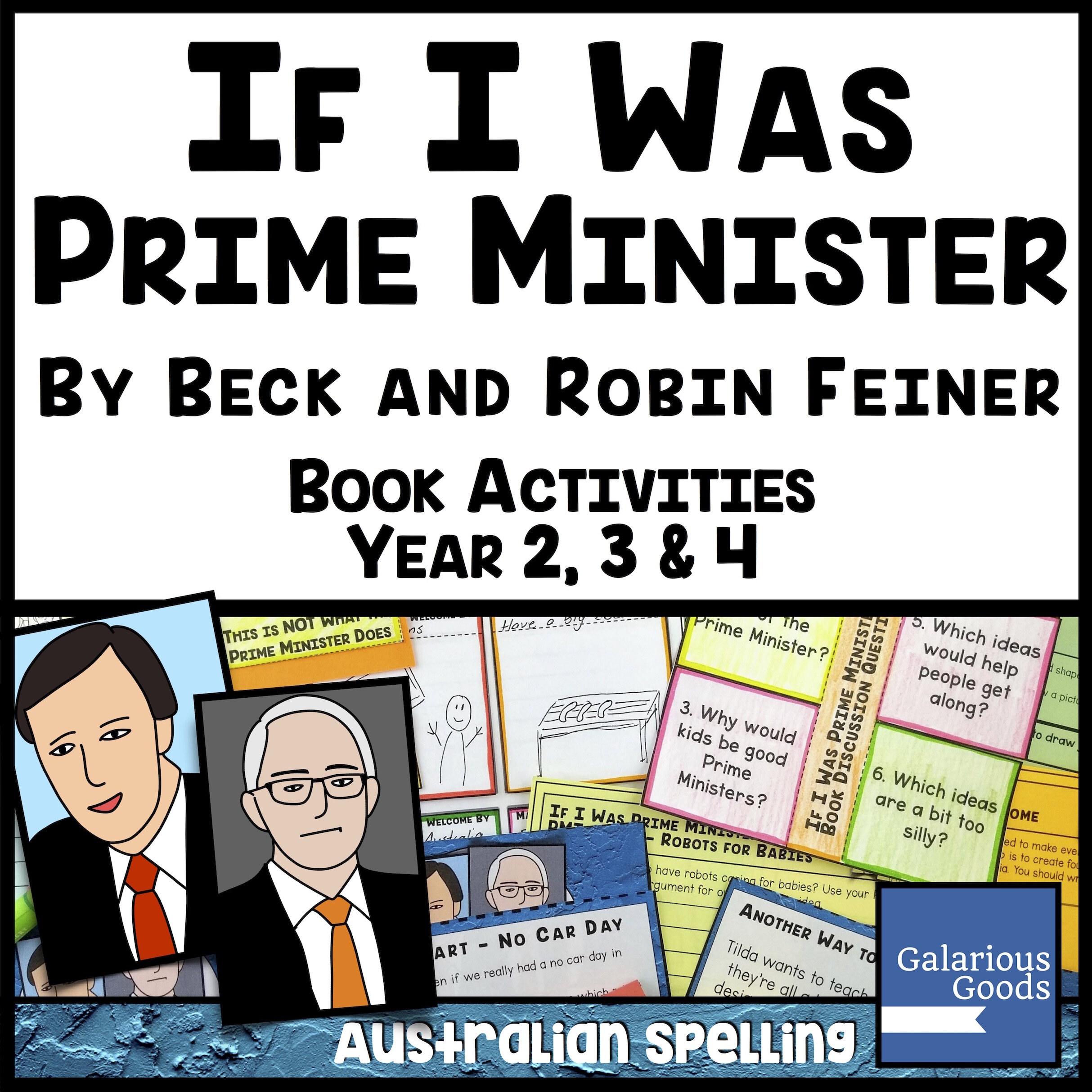Asking Students to Create their Own Picture Book Questions
/Do your students ask questions?
Not the questions about going to the toilet or when is it lunchtime or “why did you do that to your hair, Miss?”. Questions about the topic they’re exploring, about the concept they’re learning about . . . or the picture book they’re reading?
And if they aren’t asking questions about the picture books . . . how can we get them to start asking?
The Value of Asking Questions
When we’re exploring a text we usually ask students to answer a range of comprehension questions. There’s the who, what, where style simple recall questions, but we also ask them to think more deeply about the text they’re reading.
But one skill we need students to develop as they are reading is learning to ask their own questions. Good readers ask questions all the time when they’re reading - questioning helps readers to monitor their own comprehension and to create connections within the text and outside of the text.
For example, I recently read Pink! By Margaret Wild. As I was reading the book, I found myself asking questions about the colours of dinosaurs (“Hasn’t there been research done on dinosaur colours recently?”), about where the story might go next (“I wonder if the author will make it easier for Pink to hide?”) and hide and seek (“They played hide and seek earlier, will that come back to that?”) Even with a text that is essentially easy for me to read, I can ask questions of connection, prediction and author choices.
Starting With a Brainstorm
There are many ways to teach students to ask questions when they are reading - from demonstrating questioning to talking about different types of questioning. But one way for students to think more about questioning is to ask them to brainstorm before, during and after their reading.
Provide students with a familiar picture book and ask them to brainstorm all the topics they might ask questions about before they read it. As you are reading the book to them, ask them to keep brainstorming, then provide them with more time when you finish. Students can share their brainstorm ideas, allowing the class to see that there are many different areas of questioning when it comes to a text. You can then repeat this with an unfamiliar text, asking students to engage in the same brainstorming process.
Who, What, Where, When, How: Recall Questions
Once students have a brainstorm, they can start formulating more formal questions. The easiest to start with are the recall questions - the who, what, where, when, how types of questions. These can sometimes be dismissed as too simple, but while we wouldn’t want to only ask these questions, they’re important when it comes to having a solid understanding of the characters, setting and plot of a picture book.
Asking Prediction Questions
Good readers are often asking - and answering - prediction questions as they read. One of the easiest to ask questions is ‘based on the cover and title, what do we think this book is about?’ Students might dismiss prediction questions because they find they’re answering them as soon as they ask them (What will come next? I think it’ll be . . . ) but it’s important that they know they are asking these questions and they do play a part in how they are reading.
If students are writing prediction questions for other people to answer, they might like to reflect on where the best places to ask those questions are. Should they ask them at the beginning of the book? During the book - and when during it? At the end? This is a great way at taking a closer look at how an author might have structured suspense or anticipation into a book
The Things Which Aren’t Obvious
The inferring and author intention questions are the harder questions we ask ourselves when we are reading. Why did that character do that? Was that foreshadowed earlier in the book? Why did the author make that choice? Sometimes it can be hard to ask those questions because you need to go back to the text once you have the recall questions down. Other times it’s hard to ask those questions because you’re not sure if you’re overthinking it!
One thing we can let our students know is that it’s ok to ask ‘do you think’ questions - open-ended questions which different people might answer in different ways. Those might be the questions which get us to think the most about the book - even if the book looks simple on the first read. ‘Why . . .’ questions with many different possible answers are some of my favourite - every time I read Mem Fox’s Where is the Green Sheep I wonder why the slide sheep is wearing skis (it just doesn’t look safe!).
By modelling, encouraging exploration and explicitly teaching question asking when we’re reading picture books, we can help our students become better readers of these - and more complex texts.

